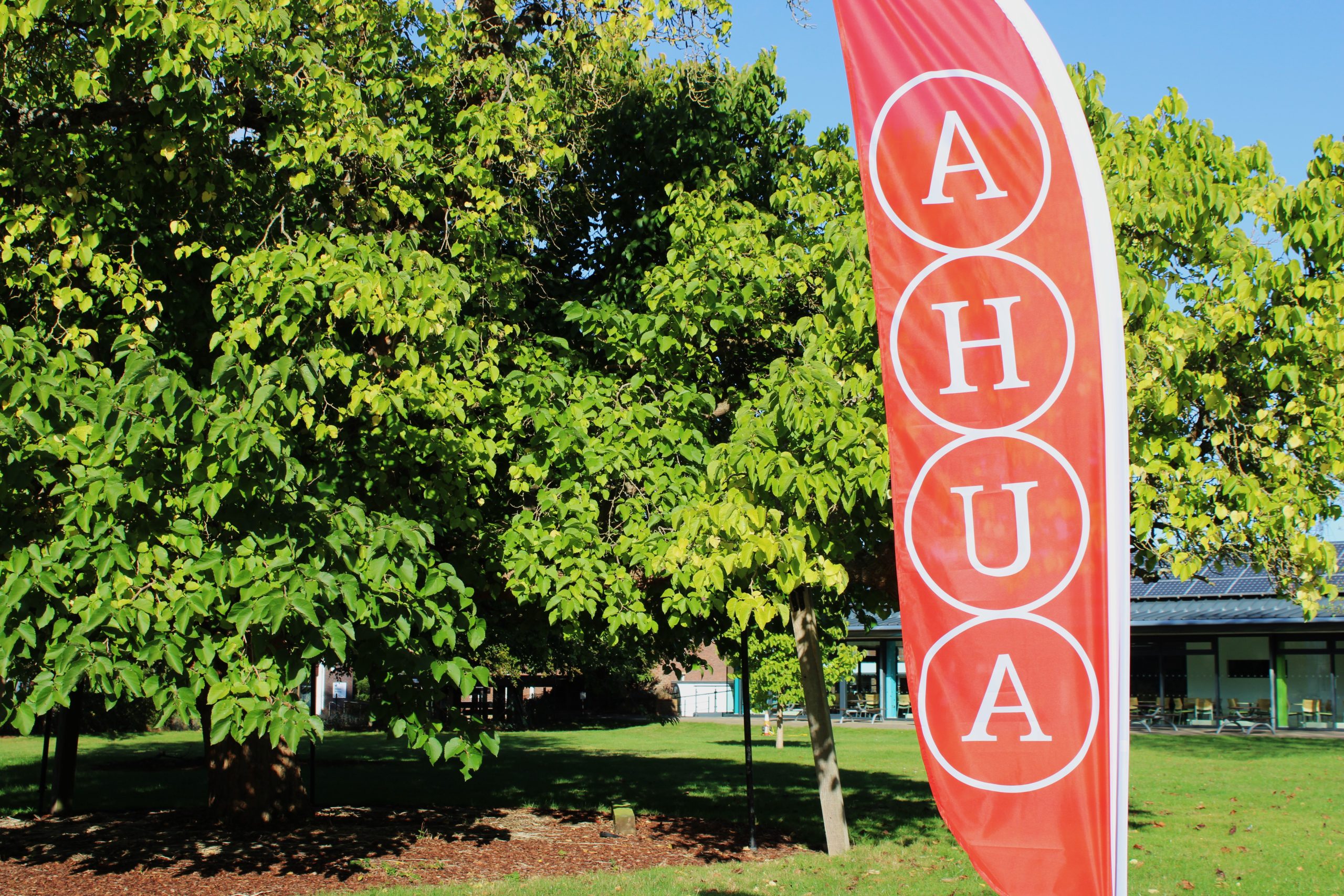“Restoring Control over the Immigration System” May 2025 – The Government’s Immigration White Paper
Unpacking the complexities of the UK's evolving immigration policy, Katharine Brymer, Senior Teaching Fellow Project Management at the University of Portsmouth delves into its profound impact on Higher Education and the future of international students.

This is both complicated and controversial. What is neither controversial nor complicated is the ‘funding crisis’ which prevails in Higher Education (HE)[1] [2] [3], the financial benefits which the recruitment of international students affords[4] [5] [6] and the concomitant immigration ramifications upon which both the previous Conservative government and the current Labour government appear to recognise.[7]
What the white paper says
The rigour required of HEIs will be increased. Within the domain of international students’ HEIs are evaluated through the Basic Compliance Assessment (BCA).This monitors student non-completion and completion rates as well as visa refusal rates.
- The white paper proposes a requirement that completion rates increase from 85% to 90%.
- A red, amber and green traffic light approach is proposed so that the level of compliance is clear and it is easy to identify if an institution is at risk of failing.
- Those institutions with a ‘RED’ designation will have an action plan imposed upon them which will include limits on the number of international students they are able to recruit.
- All HEIs which use recruitment agents will be required to ‘sign up’ to the ‘Agent Quality Framework’. This is intended to ensure universities sponsoring international students’ are directly responsible for the individuals they select for sponsorship.
- A levy on international student income is to be explored.
- Institutions accredited for short term study visas will be reviewed.
- The period international student graduates can remain in the UK after their studies have been completed will be reduced from two years to eighteen months.
- During the eighteen months post-graduation work period there will be an expectation that the work is in graduate level jobs.
- The English Language requirement for skilled workers will be increased from B1 to B2 (independent user)
- A new English Language requirement at A1 (basic user) will be introduced for all adult dependents of workers and students.
- There will be a requirement to demonstrate language competence progression to Level A2 for any visa extension and B2 for a settlement route.
Sector views
The sector’s views are broadly represented by press releases from UUK, the Russell Group and the University Alliance.
The mantra that international students enrich the learning experience of all students’ and bring financial benefits to the sector and UK economy is heard from many quarters. Additionally the reduction in length of post study work, it is claimed will make the UK HE sector less competitive.[8] [9] [10]
Controversy and Complexity
Crowding out
“The fees they pay help ensure there are more places for British students.”[11] The argument here is essentially one of cross subsidy. The profits made from international students enable ‘home’ students’ to attend Higher Education because the home students are the source of a financial loss.
However it has been suggested that far from promoting the numbers of ‘home’ students the HEIs are building numbers of international students to the detriment of home student numbers. Numerous examples exist of HEIs increasing their proportion of international students in comparison to domestic or home students.[12] The University of Oxford reduced its admission of domestic students by 294 between 2010 and 2023 while increasing international student acceptances by 257. Similar trends may be observed elsewhere. The University of East London saw a fall in domestic students of 2,223 between 2014/15 and 2023/24, while they have 4,880 more students enrolled. The University of Southampton’s domestic student enrolment went down by 1,285 during the same period (2014/15-2023/24) and at the same time total students enrolled increased by 2,200.[13] So, maybe; not so good for home students……
“Education not immigration”
Education not immigration is the title of ‘Policy Exchange’ report published this year. The report suggests that ‘our’ universities have effectively been marketed as a backdoor route to long-term immigration.[14] This is not received wisdom within the sector and the claim is viewed as highly controversial.
Some numbers for reflection
Between 2014/25 and 2023/24 the number of international students in the UK increased by 66%. In 2023/24 international students accounted for 14% of undergraduates and 51% of all postgraduates studying in the UK.[15] This constitutes 732,285 international students resident in the UK. It is worth noting that study visas accounted for 43% of all non-visit or transit visas issued in the UK in 2024.[16]
The trend of increasing international student numbers is accompanied by a similar rise in the numbers on the graduate visa route. This pathway is for those international students who have completed a course in the UK. When introduced in 2021 there were 25,862 main applicant visas and 2,376 dependent visas issued. “By 2023 this has risen to 114,409 main applicant visas and 29,475 dependent visas – an overall increase of more than 400% in two years.”[17] Those in receipt of a student visa who had visas granted to dependents have also risen sharply. In 2019 16,047 dependent visas were issued. This rose to 134,571 in 2022, an increase of 739%.[18]
Study as a route to work and settlement
Of all those who arrived on student visas in 2019 only 3% (300) transitioned onto different visas within a year. This contrasts with those arrivals on student visas in 2023, 40% (121,100) of whom had moved to a different visa type within 12 months. During the same period those leaving the UK fell by 32% (2019-2023).
During 2024 108,000 people claimed asylum in the UK and 40,000 of these (37%) had already entered the UK on another visa. This is more than arrived in small boat crossings.[19] Of those that claimed asylum having arrived on a visa, 16,000 (40%) had arrived on a student visa.
“The majority of the students claiming asylum do so as they approach their visa expiry date. This indicates that some people might therefore be using the student route to make claims for humanitarian protection when circumstances in their country have not change.”[20]
It has also been observed that the student study visa can be a pathway to low paid work within the UK. Between June 2022 and June 2023 those transferring directly from study visas to care worker visas rose 560% from 3,966 to 26,200.[21]
Conclusion
The vendors (HEIs) are selling a ‘product’. These vendors, the sector, claim that things are broadly ‘all good’. The brightest and best students flock here from around the globe to access world class education. This is good for the international students and good for the universities providing this service. It is good for domestic students and it is good for the UK economy. It is undoubtedly true that many able and qualified students benefit from a high quality education delivered by some institutions in this country.
However, are the brightest and best from around the world really seeking the educational experience from low ranked courses delivered by post 1992 institutions in the bottom quarter of the League Tables? Alternatively is the primary motivator the carrot of residence in the UK with the HE course serving as a vehicle to that end? Clearly this is a highly controversial proposition which is contrary to the ‘reality’ propagated by the sector. That said, there does appear to be fertile ground for open and honest discussion about these issues.
[1]https://assets.publishing.service.gov.uk/media/6745b2eecdd295aea88098b6/MAC+Rapid+Review+of+Graduate+Route+-+FINAL+Nov+24__1_.pdf
[2] https://www.universityworldnews.com/post.php?story=202506061744245
[3] https://www.officeforstudents.org.uk/news-blog-and-events/press-and-media/ofs-analysis-finds-continued-pressure-on-university-finances/
[4]https://assets.publishing.service.gov.uk/media/5b928cc1e5274a4242d1adf3/Impact_intl_students_report_published_v1.1.pdf
[5]https://londoneconomics.co.uk/wp-content/uploads/2023/05/LE-Benefits-and-costs-of-international-HE-students-Summary-Report-2.pdf
[6]https://assets.publishing.service.gov.uk/media/6745b2eecdd295aea88098b6/MAC+Rapid+Review+of+Graduate+Route+-+FINAL+Nov+24__1_.pdf
[7] https://policyexchange.org.uk/wp-content/uploads/Education-Not-Immigration.pdf
[8] https://www.universitiesuk.ac.uk/what-we-do/creating-voice-our-members/media-releases/universities-uk-responds-immigration
[9] https://www.russellgroup.ac.uk/news/response-governments-immigration-white-paper
[10] https://www.unialliance.ac.uk/2025/05/12/ua-responds-to-the-immigration-white-paper/
[11] https://www.universitiesuk.ac.uk/what-we-do/creating-voice-our-members/media-releases/universities-uk-responds-immigration
[12] https://www.hesa.ac.uk/data-and-analysis/students/table-1
[13] https://policyexchange.org.uk/wp-content/uploads/Education-Not-Immigration.pdf
[14] https://policyexchange.org.uk/wp-content/uploads/Education-Not-Immigration.pdf – page 36
[15] https://www.hesa.ac.uk/news/20-03-2025/he-student-statistics-2324-released
[16] https://policyexchange.org.uk/wp-content/uploads/Education-Not-Immigration.pdf
[17] https://policyexchange.org.uk/wp-content/uploads/Education-Not-Immigration.pdf
[18] https://migrationobservatory.ox.ac.uk/resources/briefings/student-migration-to-the-uk/
[19] https://www.gov.uk/government/publications/source-of-asylum-claims-in-2024/source-of-asylum-claims-in-2024
[20] https://assets.publishing.service.gov.uk/media/6821f334ced319d02c906103/restoring-control-over-the-immigration-system-web-optimised.pdf
[21] https://migrationobservatory.ox.ac.uk/resources/commentaries/international-students-entering-the-uk-labour-market/
Related Blogs



